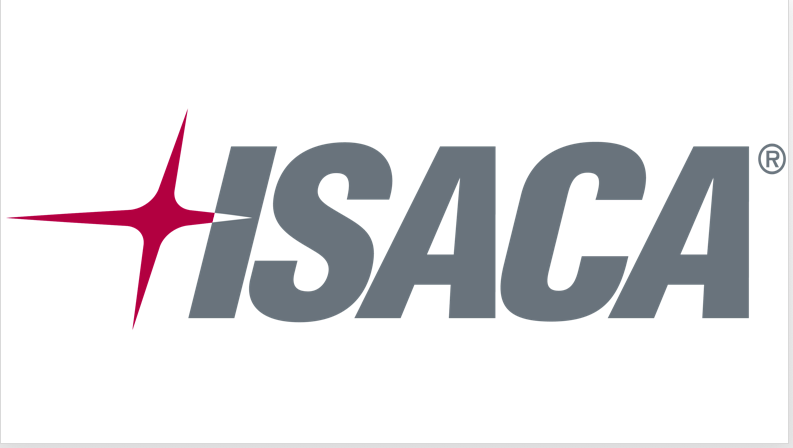- Wage inequality compared to male colleagues, workplace gender bias, and a shortage of female role models are among the main barriers faced by women working in the technology field, according to a survey by global technology association ISACA.
- Detailed in the release of “The Future Tech Workforce: Breaking Gender Barriers” report, survey respondents identified the top five barriers experienced by women in tech as:
- Lack of mentors (48 percent)
- Lack of female role models in the field (42 percent)
- Gender bias in the workplace (39 percent)
- Unequal growth opportunities compared to men (36 percent)
- Unequal pay for the same skills (35 percent)
“Women are vastly underrepresented in the global technology workforce. This is not only a societal concern, but also a workforce problem, given the critical shortage of skilled technology professionals faced by many enterprises,” said Jo Stewart-Rattray, board director of ISACA and director of information security and IT assurance at BRM Holdich. “ISACA’s survey findings reinforce that there is much work left to be done. By providing more opportunities, including career advancement programs, we can make long overdue progress in ensuring that women are more equitably represented in the technology workforce.”
When asked about opportunities for professional growth, 75 percent of respondents state their employer lacks a gender leadership development program. Additionally, 8 out 10 women report their supervisors are male, and just 8 percent report never experiencing gender bias in the workplace.
The survey found that women specifically want mentors, role models, and strong networking opportunities.
In fact, it’s clear that women hunger to learn and benefit from the presence of other women in technology. But at the top of the list of barriers for women in the ISACA survey were “limited networking opportunities” and “lack of a strong professional network,” the report says.
Globally, pay disparity remains a challenge with 25 percent of respondents from Africa, 29 percent from Asia, 53 percent from Europe, 48 percent from Latin America, 60 percent from the Middle East, 42 percent from North America, and 80 percent from Oceania reporting that male colleagues tend to be paid more, without a clear reason.
“As an industry, we must commit to changing these numbers and breaking down the barriers for women in technology,” said Tara Wisniewski, ISACA’s managing director of advocacy and public affairs. “It is well past time to address these issues, and ISACA has a responsibility to help solve them.”










